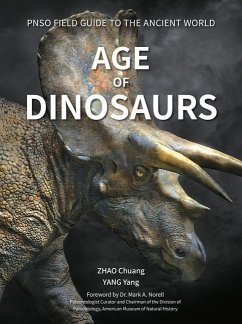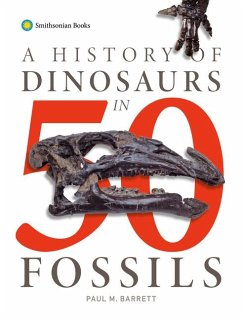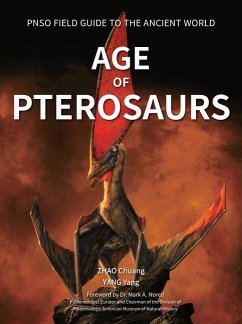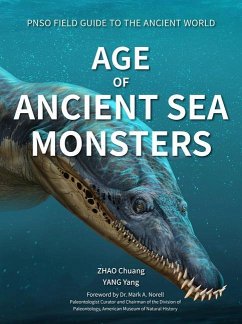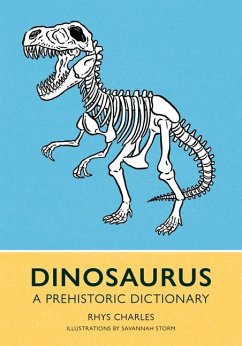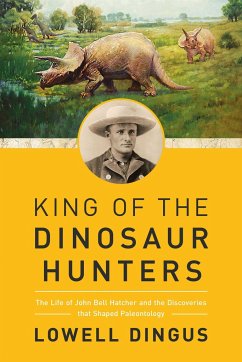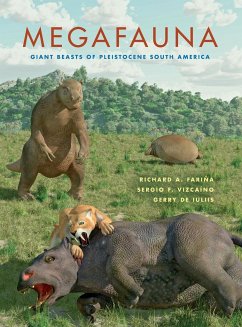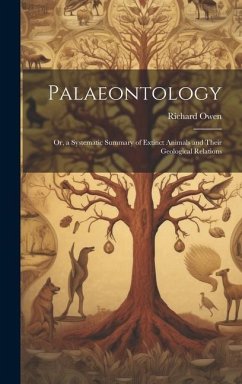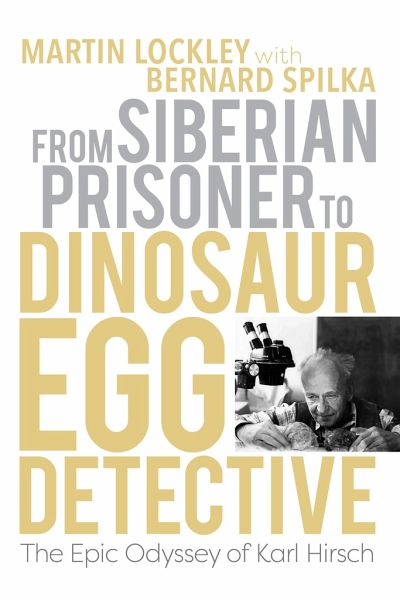
From Siberian Prisoner to Dinosaur Egg Detective
The Epic Odyssey of Karl Hirsch
Versandkostenfrei!
Versandfertig in über 4 Wochen
64,99 €
inkl. MwSt.
Weitere Ausgaben:

PAYBACK Punkte
32 °P sammeln!
"The inspiring story of the man who doggedly sought the secrets hidden within dinosaur eggs. Serving in the German army in WWII, wounded and captured by the Soviets in Danzig and sent to a prisoner of war camp in Siberia, Karl Franz Hirsch (1921-1996) went on to become one of the world's leading experts on fossil eggs. After starting a new life in Colorado, Hirsch became an avid fossil hunter and one day discovered by accident a dinosaur egg. Armed with curiosity and a microscope, he began to study it. In 1979, at the age of 58, Karl published his first scientific paper on fossil eggs. During ...
"The inspiring story of the man who doggedly sought the secrets hidden within dinosaur eggs. Serving in the German army in WWII, wounded and captured by the Soviets in Danzig and sent to a prisoner of war camp in Siberia, Karl Franz Hirsch (1921-1996) went on to become one of the world's leading experts on fossil eggs. After starting a new life in Colorado, Hirsch became an avid fossil hunter and one day discovered by accident a dinosaur egg. Armed with curiosity and a microscope, he began to study it. In 1979, at the age of 58, Karl published his first scientific paper on fossil eggs. During that time, the study of eggs, nests and baby dinosaurs was attracting much scientific and popular interest, thanks in part to the widely publicized studies of Jack Horner at the Museum of the Rockies in Montana. Horner concentrated on the distribution of nests, babies, and questions concerning the ecology and behavior of dinosaurs in nest colonies. Hirsch as an independent researcher knuckled down to the more difficult, less glamorous, and less publicized problems of describing the actual eggs and their complex shell microstructure, comparing them with the steady stream of new material that began to be reported from around the world. He went on to write dozens of influential technical papers and collaborate with professional paleontologists at the University of Colorado Boulder and elsewhere. At his death, Hirsch's immense research collection consisted of 35,000 photographs, 20,000 pages of notes, and 3000 fossil egg specimens. Fondly remembered by those who knew him best, Hirsch's life inspiringly demonstrates how brilliance and determination are key ingredients in the advancement of scientific understanding"--




